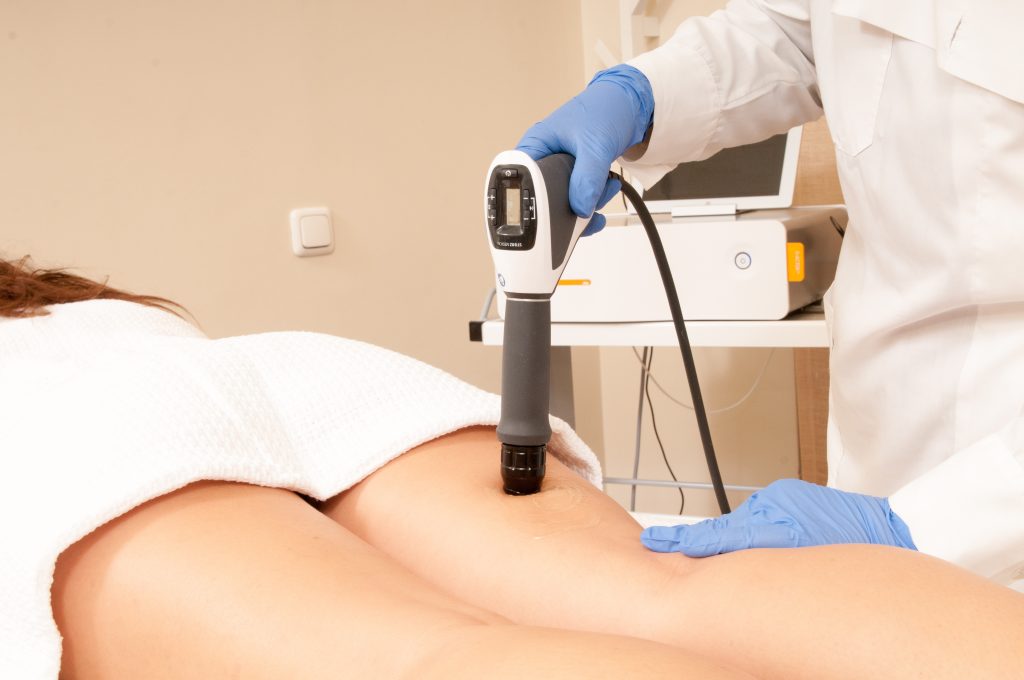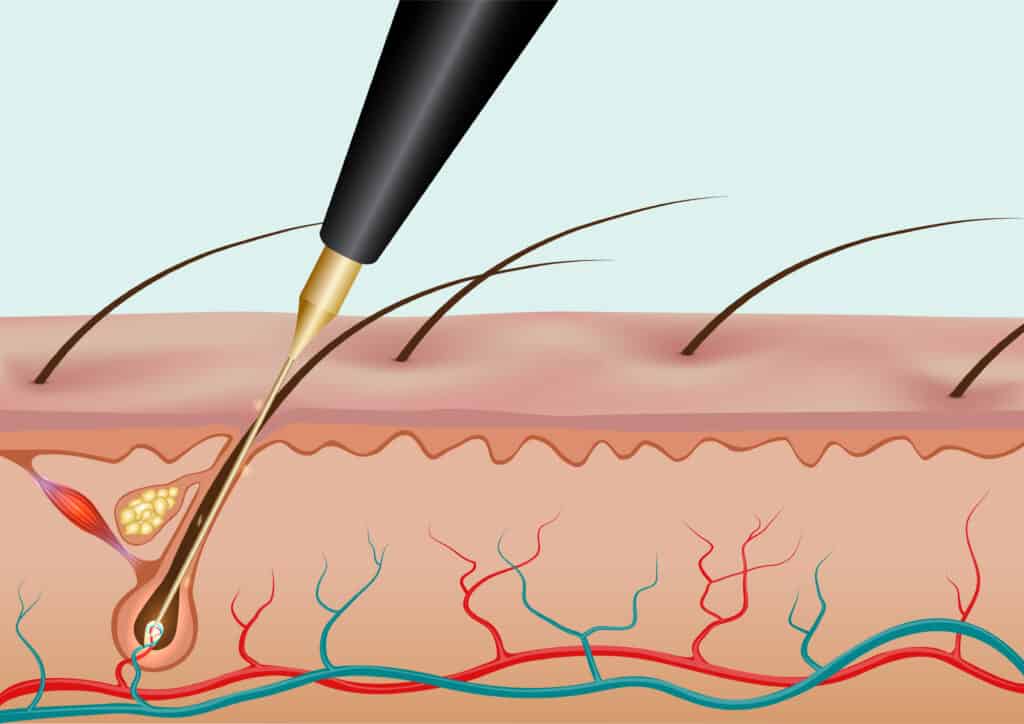The Biggest Problem With Μελάνωμα, And How You Can Fix It
But available treatments for problems like large pores, stretch marks, and cellulite can make better but do not remove them completely. So it's very important to have practical expectations. Let us discuss and explore reasons to visit a dermatologist in Los Angeles.
A dermatologist plays a crucial role in screening, educating, and treating various skin problems, including:
1. Acne
If you suffering from acne, which is not responding to natural skin treatment then it's the time to schedule a visit with a dermatologist. A dermatologist will determine and prescribe the treatment according to the severance of acne and lifestyle.
2. Skin cancer
A dermatologist can perform a test for skin cancer. Consult a dermatologist if you often feel changes to your skin. An annual body check is crucial if you are fair-haired or light-eyed, or you have a history of blistering sunburn.
According to a dermatologist in Los Angeles, the early revealing of skin cancer by routine skin screening is vital for successful treatment.
Additionally, you should visit a dermatologist if you observe the change in the size, shape, or coloring of your moles. A dermatologist will remove the suspicious tissue and determine for cancerous cells.
3. Eczema
This chronic skin problem is characterized by itchiness, irritation, and flaky patches of skin. A dermatologist can write down some natural ways to manage your eczema and prescribe any required treatment.
4. Skin damage
If you are concerned about aging skin or minimizing skin damage, a dermatologist can recommend your products or lifestyle changes which help you to lessen your exposure to destructive elements.
5. Specialized care of hair, skin, and nails

You can consult a dermatologist regarding other concerns, which affects your physical appearance. For example, skin conditions ranging from warts to discolorations, to psoriasis to stretch marks, can be treated by a dermatologist.
6. Scar treatment
Dermatologists offer skincare treatments to advance the look of almost any scar, including keloid (raised) scars and acne scars. A dermatologist may refer you to a plastic surgeon for better treatment of serious scars, which are caused due to burns.
7. Infection
Skin infections caused by fungus, bacteria, yeast, or viruses need to be treated by a dermatologist. Fungus leads to itchy and nagging and problems, which is very common in an athlete's foot. Viruses cause herpes warts. Bacterial infections can become serious or even deadly if not treated with the right antibiotics. A dermatologist diagnoses the source of the infection and prescribes the best method for the treatment.
8. Hair Loss
About 50% of the people shed up to 100 hairs daily. However, thinning hair or bald patches could be signs of a problem. Pregnancy, stress, and other health issues may lead to hair loss. It can also be an inherited condition. To find the real cause of hair loss, dermatologists perform blood tests and examine a scalp tissue. Medications, surgical procedures, and laser treatments are some of the options which are used by the dermatologist in Los Angeles to reduce hair loss and restore growth.
Preparing for Your Dermatologist Visit
Before seeing a dermatologist, you must:

I. Check with your health insurance plan to find out what services are covered under the plan and whether you need any referral from your primary care provider before setting an appointment.
II. Have all the necessary identification and medical cards ready to carry along with you.
III. Write down a list of the supplements and medications, which you are taking currently.
IV. Bring up a list of queries and concerns to discuss.
V. Skip heavy cosmetics while visiting the dermatologist to examine the skin
Always remember that some procedures including a full-body skin examine can be performed at your first appointment; others required in a follow-up appointment.
Rather than looking at primary care providers, you can simply mark your annual examination on the calendar and scheduling an appointment dermatologist in Los Angeles.
For a long time, people have been using cosmetic dermatology for treating various skin problems. These treatments have been used for purposes like skin rejuvenation, reducing skin pigmentation, wrinkles reduction, oil reduction, and improving physical appearance.
Right now, there are numerous cosmetic dermatology treatments available that can help you to get the perfect skin you always wanted. But what most people ignore about these treatments is the post-treatment period.
Normally it takes some time for your skin to recover completely after treatment. This period of recovery is very crucial because even the smallest mistake can result in skin damage. But you can avoid any skin damage by following some easy pre-causes and skin care procedures.
One of the common after-effects of a cosmetic dermatology treatment is that your skin becomes extra sensitive, and even a small exposure can damage it. That is why it is very important to use protection against the sun. In general, try to avoid the sun for at least a week after the treatment, but if you have to go outside, use sunblock like SPF 30 or similar and always cover your face, but don't suffocate it.
Skin care after a cosmetic dermatology treatment is very crucial. And one thing that you should understand is that you should avoid harmful chemical skin products. As check here you may know that your skin takes some time to recover from the treatment, and the use of harmful products can damage your skin. So, avoid harmful chemical products and use the products prescribed by your doctor.
The post-treatment period is very crucial for your skin. At this time, your treated area recovers and heals its wounds. During this time, you may feel irritation and itchiness around the treated area, and you will be urged to touch it. But you have to understand that this can cause infection and can disrupt the healing process. If you feel the need to touch your treated area, use a sterilized cotton ball and gently rub it against the treated area. It can surely ease out the irritation.
What most people don't understand that makeup can be very harmful to your skin. Generally, makeup contains chemicals, and if you use it after a skin care treatment or surgery, it can cause irritation and can damage your skin. Consult with your doctor about using the makeup after surgery, and he will guide you properly.
After your treatment, your doctor will instruct you about the pre-causes, care, and medications that you have to take. It is essential to follow these instructions and to do exactly as you were told. It will reduce the chance of any side-effect or damage.
Side effects and risks are a part of any treatment, but you can always avoid it. You should always follow the instructions that are given to you and try to avoid anything that causes you harm. By doing that, you can reduce the chance of having a side effect or damage to minimal. So, to experience the complete result of your treatment, follow your doctor's instructions and take all the necessary pre-causes.
